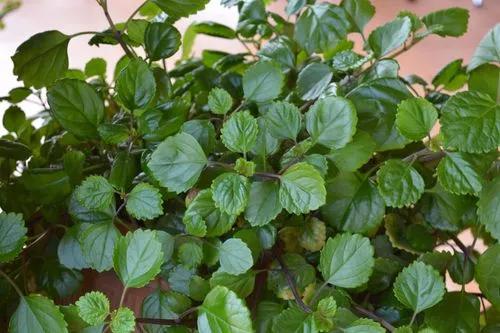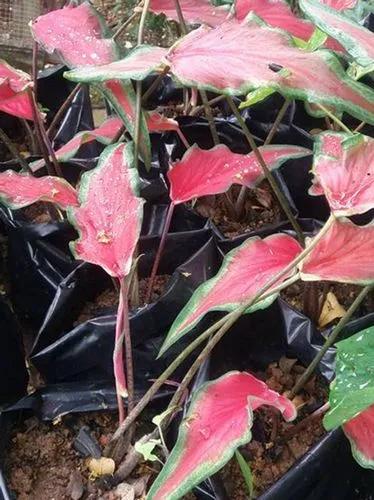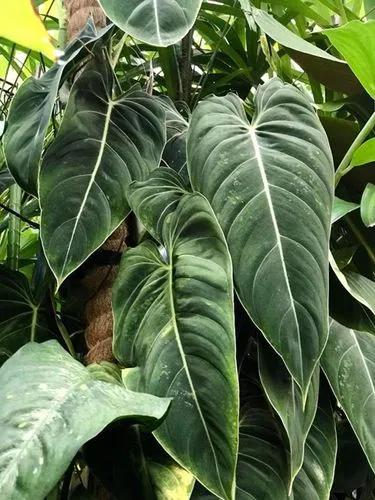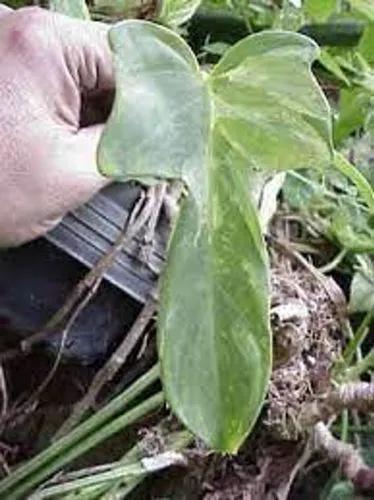Step into the world of Hoya burtoniae, a captivating perennial that is sure to enchant you with its mesmerizing blooms. The plant’s foliage has a unique smooth, waxy texture that leaves a lasting impression on both skilled gardeners and amateur plant lovers.
Burton's Hoya Care
Hoya burtoniae



Commonly known as Burton's Hoya, Waxplant, and Waxvine, Hoya burtoniae is a trailing perennial species of the Apocynaceae family. Native to the Philippines, this plant grows to a height of 12-24 in (30-60 cm) when mature. Its leaves are lance-shaped and have a unique glossy, thick, and velvety texture. When summer comes, the Burton's Hoya produces clusters of star-shaped flowers with a yellow center. The blooms are also waxy-textured and wary from light pink to red in color. Each bloom cluster flourishes for at least 1 week.
How to Care for the Plant

Water

It's recommended to let the soil dry out completely between hydrations. Check the potting mix with a wooden chopstick and water this plant once a week in summer and once every two weeks in winter. If the soil doesn’t dry out completely between hydrations, the plant roots will rot quickly.

Pruning

It's recommended to regularly trim Burton's Hoya, as this plant's bushy and trailing growing habit makes it look unkempt. Trim the spent blooms and leggy branches with sterile scissors to maintain the plant’s shape. Prune the plant when needed, and remember to cut under the node. No more than one-third of the foliage can be removed at a time to avoid harming the plant.

Fertilizer

Burton's Hoya is not a heavy-feeder but would benefit from occasional fertilizing. Dilute an all-purpose balanced 5-5-5 NPK fertilizer to the half-recommended dose and nourish the plant every 6 weeks during the spring-summer growing season.

Sunlight

Bright indirect sunlight is what Burton's Hoya enjoys the most. Put it not far from the east or west-facing window; however, avoid direct sunlight exposure, as it can scorch leaves

Soil

As a drought-tolerant plant, Hoya burtoniae craves for well-draining potting mix. Plant it in a slightly acidic to neutral ground with 6-7 pH level. It’s recommended to amend the soil drainage with sand or perlite and put 2 in (5 cm) of pebbles to the bottom of the pot before planting.

Propagation

Hoya burtoniae is usually propagated through stem cutting. Prune a healthy 6-8 in (15-20 cm) long stem under the node. Dip it in the rooting hormone and place it in a well-draining potting mix. Keep the stem under indirect light and moisten the ground regularly until the cutting enroots.

Temperature

A mild temperature between 70-78°F (21-25°C) is the most comfortable for Waxvine growing indoors. It’s recommended to avoid severe temperature fluctuations and keep the plant away from drafts.

Container

Opt for a pot made from a porous material such as terra cotta or unglazed clay, as the Waxvine plant prefers proper root aeration. Use a container that is 2-3 times bigger than the plant's root ball to allow some room for growth. The pot should have drainage holes to allow excess water easily flow out, preventing root issues.

Fun fact

Growing in a natural habitat, Burton's Hoya has a special relationship with a male wasp pollinator. The plant’s blooms produce a distinct scent that closely resembles the pheromones released by female wasps. Thus, the insect is attracted by the flower’s smell and pollinates Burton's Hoya without necessarily intending it.

Popularity

107 people already have this plant 12 people have added this plant to their wishlists
Discover more plants with the list below
Popular articles






